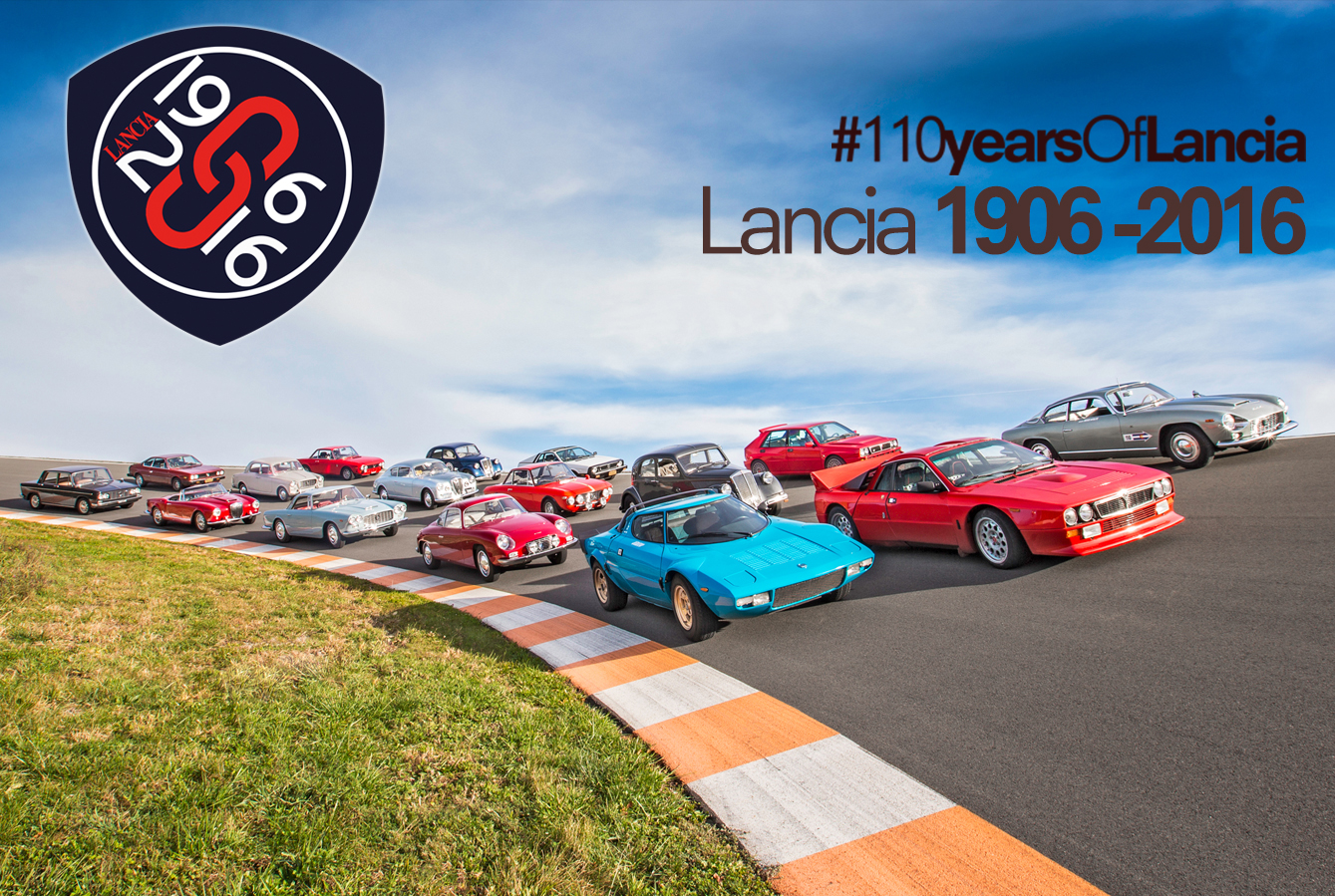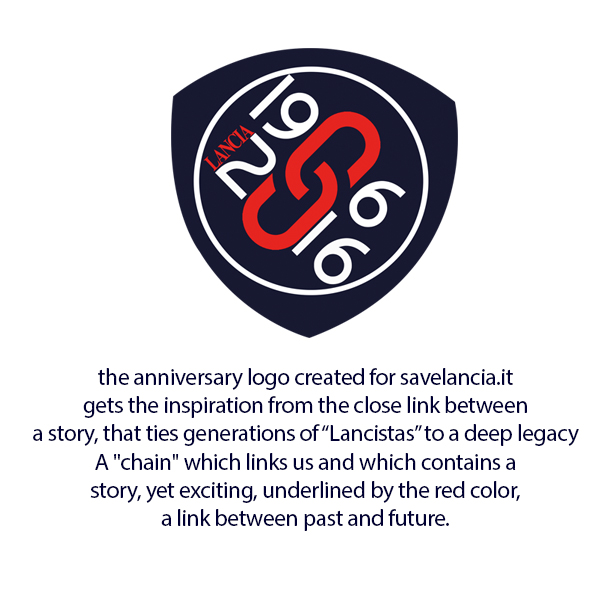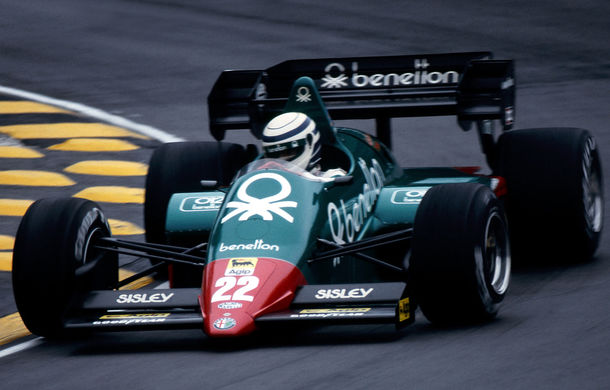The
2016 edition of the Milano AutoClassica classic car show will be held
at Fiera Milano Rho from 18 to 20 March. Among the participants are FCA
with its Alfa Romeo, Abarth and Fiat brands, which will be displaying a
number of precious historic models alongside the latest new releases in
Hall 12.
The doors have opened on the
prestigious Milano AutoClassica classic car show, where the Alfa Romeo,
Abarth and Fiat brands take centre stage.
Alfa Romeo's collection focuses
on its sports saloons, a concept that the Italian brand itself invented
and which has now been updated and upgraded with the new Giulia.
Visitors to the Milan show can see four precious models from the Alfa
Romeo Museum in Arese, named "La macchina del tempo": the 1900 (1950),
the Giulia TI Super (1963), the Alfetta (1972) and the 75 Turbo
Evoluzione IMSA (1988). Alongside these rarities is an extraordinary
Giulia Quadrifoglio, the quintessence of the new Alfa Romeo style and
the ultimate expression of "meccanica delle emozioni".
All eyes are also on the Abarth
brand, which will showcase two 124 models: a historic 1975 road version
and the fascinating new spider-making its debut in Italy following its
recent unveiling at the Geneva Motor Show-which is destined to become an
icon of driving pleasure. Designed to satisfy even the most
difficult-to-please drivers and available to order throughout Europe at
the price of 40,000 euros, the brand-new Abarth 124 spider is a new myth
in the making thanks to its performance and characteristic feel. It
offers rear-wheel drive, sophisticated suspension and a four-cylinder
1.4 MultiAir Turbo engine with 170 HP, paired with a six-speed manual or
six-speed automatic Sequenziale Sportivo gearbox with steering-wheel
paddle shifters. The fusion between historic heritage and the hunger for
continuous technical progress is part of the Scorpion brand's DNA, as
also demonstrated by the cars showcased, and by the ambitious Abarth
Classiche initiative. This project, first launched last November at the
Officine Abarth in Mirafiori in Turin, is organised on various levels,
from the restoration atelier to the Abarth Register which coordinates
shows, events, rallies and competitions.
As expected, the programme
has been a great success, with numerous certifications already carried
out and a long waiting list of bookings. The coherence between current
models and those which set so many motoring records is one of the
secrets of the brand's commercial success. More information is available
on the new website:
http://www.abarthclassiche.com.
As
for digital resources, "The Scorpionship", the only Abarth official
community dedicated to owners, collectors, Abarth club members and fans,
opens on 1 March. Anyone can register by filling in the form on the
http://scorpionship.abarth.com website.
"The
Scorpionship" members will have access to plenty of exciting
advantages, promotions and racing opportunities as well as exclusive
invites to meetings for fans.
Returning to the Milan show, the FCA line-up is completed by the new
Fiat 124 Spider, which revives the storied nameplate, bringing its
classic styling and performance to a new generation. Paying homage to
its namesake, the original 124 Spider that was launched nearly 50 years
ago, the new Fiat 124 Spider encompasses the classic beauty of its
predecessor in a new perspective, without betraying its very essence.
The new Fiat Spider is equipped with the reliable 1.4-litre turbo
four-cylinder engine with MultiAir technology, which delivers 140 HP and
240 Nm of torque, and is available with a six-speed manual
transmission.
Finally, in the outdoor area of the Milan show,
visitors will be able to take a close look at the Alfa Romeo 4C Spider
and the Abarth 695 Biposto, which they can also test drive in addition
to the new Alfa Romeo Giulietta and the multi award-winning Alfa Romeo
4C.
Below is a description of the historic models in the Alfa Romeo collection exhibited at the event.
1900 (1950)
The sports saloon concept
originated back in 1950 with the 1900. Alfa Romeo's first car built
entirely on a production line, it was also the first to be designed
according to industrial criteria, including the monocoque, and the first
with a four-cylinder engine developed for mass production.
The most
significant features of the 1900 are its dynamic performance
characteristics. Speed, road holding, handling and active safety made
this model the first high-performance three-box saloon, features that
had previously been reserved for true sports cars (in the bodywork
configuration) and higher segment models. Pure sports performance in a
family car was an innovative proposal at that time, in a market that was
heading towards major expansion. The 1900 collected numerous racing
victories, including a coveted first place in its category at the
Mexican Carrera Panamericana in 1954, hence the car's famous advertising
tag line: "The family saloon that wins races". In the mid-1950s, it
became the first "Panther" Flying Squad car of the Italian State Police,
which was modernising its fleet with high-performance vehicles to lead
the fight against crime. In fact, all subsequent Alfa Romeo saloons were
used as police cars.
The 1900's four-cylinder, twin-cam engine was
continually upgraded, reaching 115 HP with a top speed of 180 km/h,
which was unprecedented for a family car.
The 1900 was retired from
production in 1959 after 17,390 units had rolled off the assembly line
at the company's plant in Portello.
Giulia TI Super (1963)
The revolutionary and groundbreaking Giulia saloon debuted in 1962.
The advertising claim "designed by the wind" was inspired by the
Giulia's outstanding drag coefficient of 0.34, which would still be
competitive on today's market. This sports saloon became the backbone of
Alfa Romeo's line-up, as well as a production link between the
company's Portello and Arese plants.
The Giulia was the first
mass-produced car with a five-speed transmission and one of the first
with a differentiated body structure: in the event of a collision, the
passenger compartment held its shape, ensuring greater passenger safety.
The Giulia's 1600 four-cylinder engine differed from the Millenove in
terms of displacement and construction materials. It had a crankcase
made of aluminium rather than cast iron, was essentially derived from
the Giulia "milletrè" (launched in 1954) and was an extremely
sophisticated and high-performance engine with long durability. The
exceptional dynamics and design features of the Giulia, in its various
guises, garnered incredible results in races. The Giulia TI Super,
launched in 1963 (112 HP and 190 km/h), is the rarest and most
prestigious Giulia variant. Only 501 of this ready-to-race version were
produced, almost all of them in Biancospino White, with the Quadrifoglio
cloverleaf emblem on the side panels and boot and with the bodywork
streamlined to further improve its already excellent performance. The TI
Super nurtured a generation of racing drivers who eventually graduated
to higher formulas, having put themselves in the spotlight with
victories and rankings achieved behind the wheel of the Alfa Romeo
saloon. The Giulia TI Super is particularly suited to road races, as it
proved by memorably winning its category in the 1963 Tour de France
Auto, one of its greatest successes. Over a million units had been built
by the time the Giulia series reached the end of its long production
run.
Alfetta (1972)
Alfa Romeo's prestigious sports saloon, the Alfetta, made its
international debut in May 1972 in Trieste, presented by five-time F1
World Champion Juan Manuel Fangio. The all-new car was a cross between
the 1750 and 2000, both of which were based on the Giulia and would be
gradually replaced by the new arrival. The Alfetta was technically state
of the art, a further evolutionary step in the interpretation of the
sports saloon concept, which had originated twenty years earlier with
the 1900. At the time of its launch, the Alfetta was the most
sophisticated mass-produced saloon on the market. It had a longitudinal
front engine (1779 cc, 122 HP, 180 km/h), a rear-mounted transaxle
transmission and clutch system plus De Dion rear suspension, a technical
solution derived from the 159 Formula 1 Alfetta, which incorporated a
De Dion axle and was driven to victory in the 1951 World Championship by
Juan Manuel Fangio.
The launch campaign played up this historical
pedigree with images depicting the Alfetta saloon in front of its
namesake F1 predecessor. The Alfetta was a success right from the first
few months of its long production run (which lasted until 1984 in
various versions and displacements), occupying a 40% segment of the
market. In the 1980s, the Alfetta was the first car to adopt variable
valve timing, a key technology internationally patented by Alfa Romeo
and which is still included in engine designs. In addition to its
undeniable dynamic qualities, the Alfetta provided comfort, liveability
and a modern upgrade of the high-performance saloon concept. In total,
476,000 Alfetta vehicles were built before the model was taken out of
production in 1984.
Alfa 75 Turbo Evoluzione IMSA (1988)
In 1985, Alfa Romeo marked its
75th anniversary by unveiling the Alpha 75: a compact sports saloon that
replaced the New Giulietta (1977-1984) and expanded the range of
powerplants to include a 2.5-litre V6 engine, which was subsequently
further enlarged to 3 litres. The 75 shared its bodywork and many
mechanical components with the New Giulietta, which in turn was based on
the Alfetta. The result was a successful carryover with a very personal
and distinctive design incorporating two major innovations: the 2-litre
Twin Spark engine (1962 cc, 148 HP, 205 km/h) and the debut of a turbo
production engine (1779 cc, 155 HP, 215 km/h), the first to adopt an
advanced electric supercharging control system. In 1988 an Evoluzione
version of the 75 Turbo was developed according to IMSA (International
Motor Sports Association) specifications and subsequently won two
editions of the Giro Automobilistico d'Italia, in 1988 and 1989. In this
configuration, the 75 reached a power of 335 HP in 1988 and 400 HP the
following year. It was also distinguished by a wide-track body and
refined aerodynamics, with a striking rear spoiler in carbon fibre.
Retired
from production in 1992 after selling 387,000 units-including in the
United States, where it was proudly renamed the Milano-the 75 was the
last car in the outstanding and long-lived Alfetta series.
Turin, 15 March 2016






























